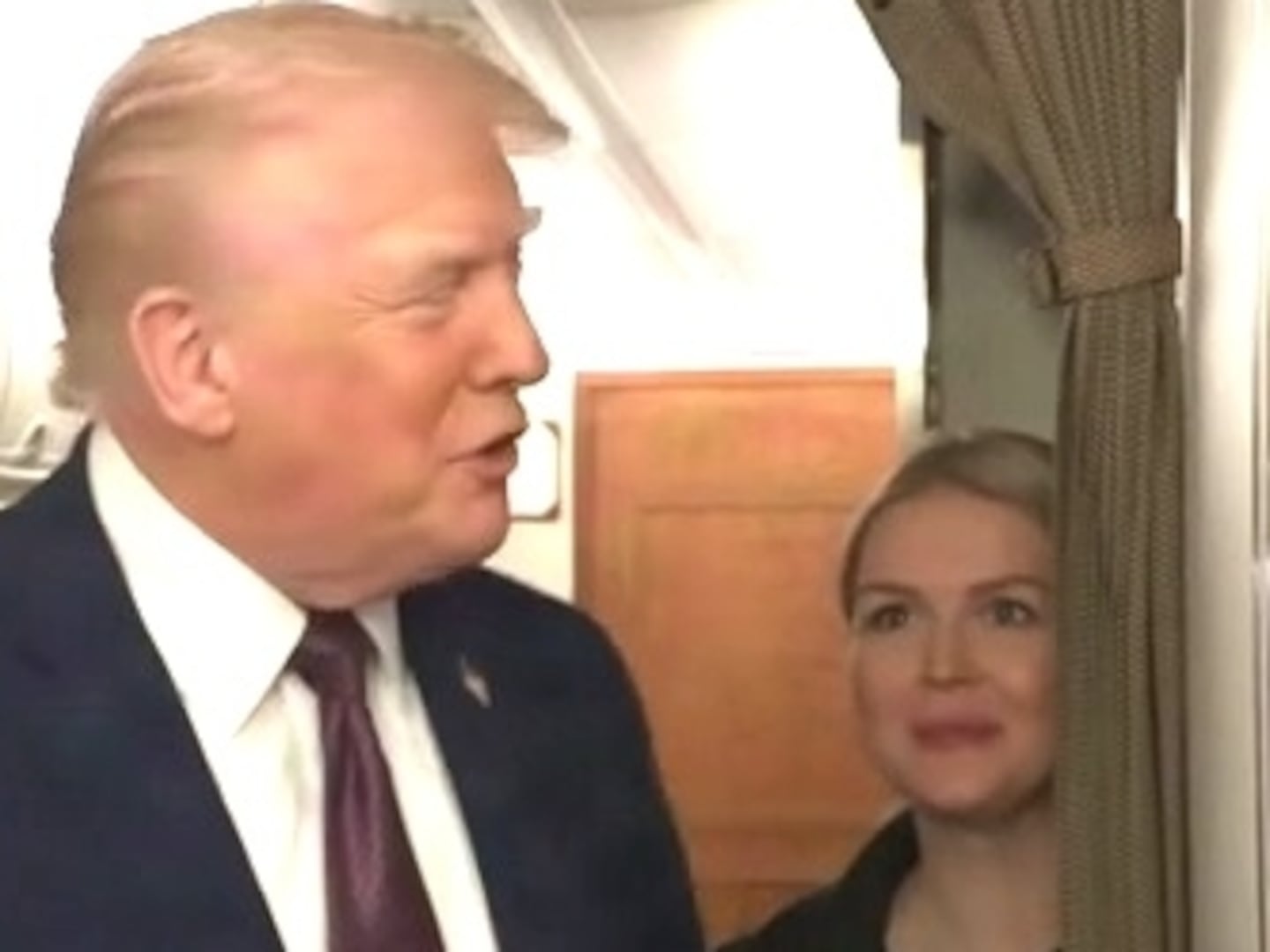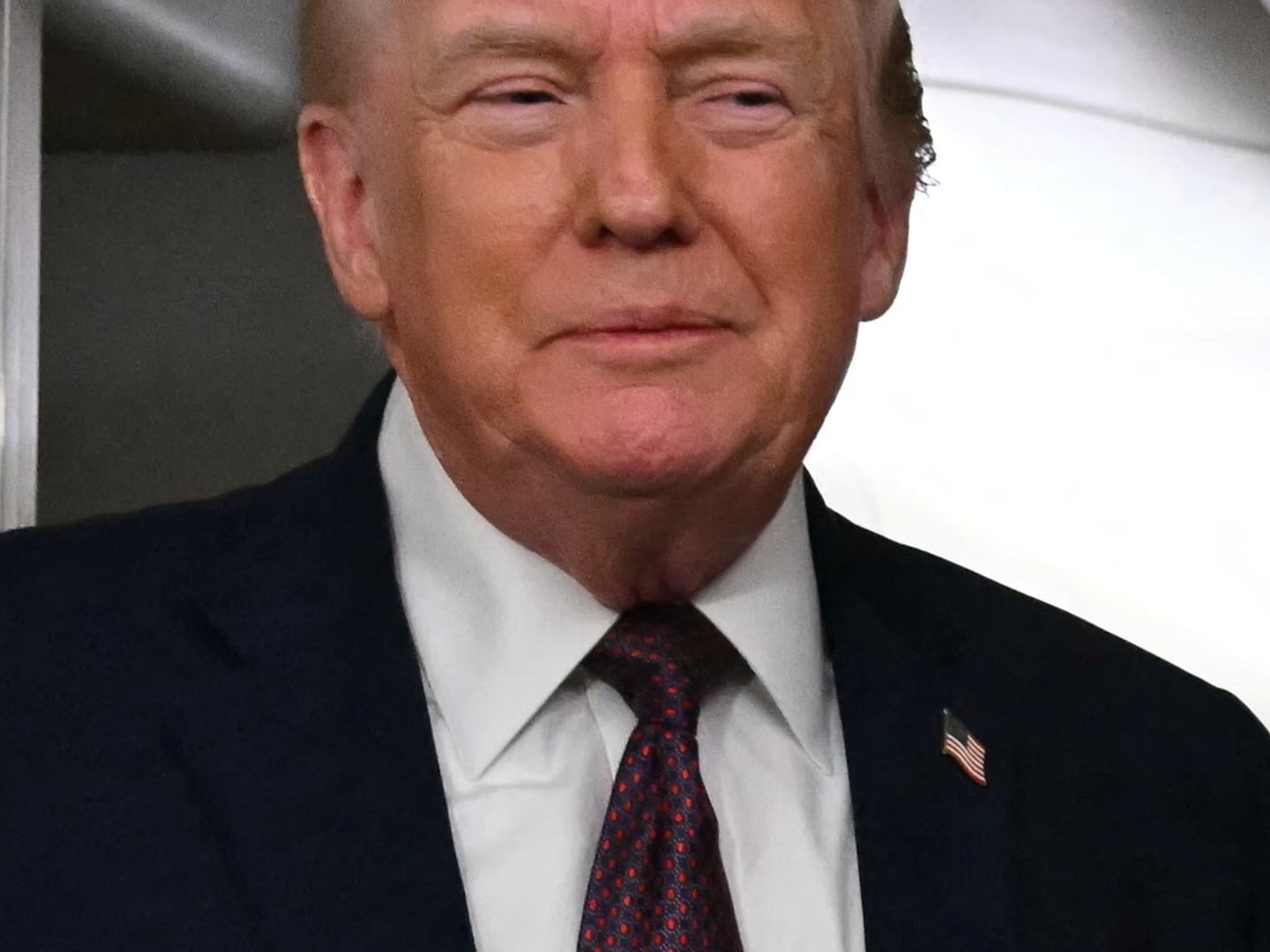The winds of change assailing Planet Fashion have turned into gale-force: New York Fashion Week officially kicks off Wednesday, and this may just be the final one that follows the timing and format developed over the last few decades.
Last week, Burberry and Tom Ford announced that they will be changing how they present their collections, joining a slew of other rogue designers including Misha Nonoo, Rebecca Minkoff, Vetements, and Thakoon.
These changes aren’t one-size-fits-all (it is fashion, after all), but they do follow one main theme: Social media has changed the game, and, so far, the fashion week model has failed to keep up.
By the end of 2015, it became clear that something wasn’t quite working with the traditional model in which new collections are presented to an exclusive group of high-end celebrity A-listers and well-coiffed fashion insiders four to six months ahead of their retail release.
The upshot: Sure, there’s a lot of excitement and theatrics at the time of presentation, but when the clothes actually become available that same excitement has inevitably waned.
In mid-December, Rebecca Minkoff became one of the first designers to officially announce that she will be showing her collections during the actual seasons in which they will be available in stores.
Rather than showing her Fall 2016 collection during this week’s February shows, Minkoff will present her Spring 2016 collection for a second time instead.
“We first broke it down and said, ‘OK, in February, we’re going to show fall, and then we’re actually going to then show resort in June, and then we’re probably actually going to show spring in September, the first week, before fall even hits [the stores],’” Uri Minkoff, CEO of Rebecca Minkoff, tells The Daily Beast about their reasoning behind the change.
“We’ve now given [customers] three seasons worth of imagery, three seasons worth of design concepts, three seasons worth of trends… [and] all the stuff created a massive amount of consumer confusion because you’ve given them three seasons of choice before they’ve even gotten [to purchase] one.”
The Council of Fashion Designers of America responded shortly after by announcing that they had hired the Boston Consulting Group to evaluate what president and CEO Steven Kolb called a “broken system.”
“We have designers, retailers, and everybody complaining about the shows. Something’s not right anymore because of social media. People are confused,” Diane von Furstenberg, CFDA chairwoman, told WWD. (Von Furstenberg is married to Barry Diller, owner of IAC, the parent company of The Daily Beast.)
The study, which began at the beginning of the year, is expected to take approximately seven weeks, but many designers aren’t waiting around.
While style “uniforms” may be common for preppies, Catholic school girls, and tech titans, the fashion industry isn’t particularly known for conformity or its adversity to risk.
To that end, various designers have been experimenting with ways to innovate their fashion presentations and close the retail-runway divide.
These have included offering fashion week tickets to the general public (Givenchy, Rag & Bone, and Kanye West are a few of the fans of more inclusive audiences); embracing the community of social media stars in the industry inner circle (Tommy Hilfiger’s show this season will include an “InstaPit”); and live-streaming shows over various platforms (J.W. Anderson may have taken the most different approach when he streamed his January men’s collection over Grindr).
While some inside the fashion community may lament letting the riff-raff join the High Holy Days of fashion, it just doesn’t make sense any more for some designers—especially those early in their careers—to speak to their customers through the arbiters of fashion editors, buyers, and social media stars when they can just as easily communicate with them directly.
Last September, designer Misha Nonoo decided to stage an “Insta-show” rather than a traditional runway presentation to debut her Spring/Summer 2016 collection.
As a young label, Nonoo was spending her entire marketing budget to stage a fashion week-worthy show twice a year.
While it’s no surprise that smart phones are the accessory du jour, it troubled Nonoo to realize that many people in her audience were experiencing the show through the lens of their phones rather than enjoying it unobstructed. One particular fashionista set her over the edge.
“At first I was really upset, and I was really hurt by the fact that this person had their phone up the whole way through,” Nonoo tells The Daily Beast. “And then I realized afterwards—when I saw they had been tagging me in all these posts—how that really kind of grew and drove my social media following, and I was like ‘Oh, I see.’
“So, I thought, if the way these people are experiencing the show is kind of digitally, despite the fact they’re actually there, and if there are huge benefits to showing these images with their communities, I thought why don’t I actually think about showing those images in the first place?”
While it was a big risk to take (“I lost like five pounds that week thinking about the anxiety”), Nonoo garnered over 15 million Instagram impressions and an increased amount of traffic to her e-commerce site for both the pre-order collection that she had debuted, and the collection that was actually available for purchase at the time.
Wondering what would have happened if the Insta-show collection had been immediately available for purchase, Nonoo has decided to join the stylish renegades and align her upcoming presentations with the actual season in which they will be available.
While she’ll be hosting a cocktail party on Sunday to re-show her spring/summer collection, her fall looks won’t be unveiled until September, and probably again in another “atypical” format.
Many designers hope that one benefit of showing on-season will be to help stop the tsunami of fast fashion rip-offs.
When the knock-off brands are given a six-month lead-time to copy the following season’s trends (often getting their faux versions on the shelves before the originals), it’s no wonder that they’re an increasingly annoying flea on the rump of high fashion.
It may also allow designers to have more flexibility when it comes to finalizing their collections.
Minkoff says the brand will continue designing on roughly the same timeframe as the current system. But rather than debuting a fully formed, fully produced collection for the first time during fashion week, designers like Rebecca can spend more time with retailers and editors beforehand, and make adjustments if needed.
“It also does give us flexibility because, as we get into May, June, July, as we’re seeing what are the weather patterns into the late spring, early part of summer—what’s consumer sentiment on Google search, what’s trending on Instagram… we can actually react to those different things that are happening,” Minkoff says.
While a realignment of the seasons is starting to seem inevitable, it is unclear how that will affect the traditional fashion week model beyond just playing musical chairs with what collections are shown when.
Burberry will not only be moving to a consumer-driven schedule, the brand will also be combining its men’s and women’s lines into two shows shown twice a year during London Fashion Week. No more gender-specific shows for the iconic plaid.
Vetements will be doing the same thing, although, rather than participating in any formal fashion week, the brand will be showing its combined collections in Paris twice a year, two months before the regular shows take place.
While changes to the number of shows—and possibly even the number of fashion weeks—may happen, that’s not necessarily a bad thing.
The relentless pace of fashion, increasing number of seasons, and proliferation of designers showing at each fashion week have contributed to a general fatigue.
While it may seem counter-intuitive, scaling back in some cases, re-thinking the runway format, and realigning with customer interests may bring a much-needed spark back to the game.
“I think that the show is still incredibly important when you are putting on a theatrical experience the way that Chanel does or Marc Jacobs does. I think that’s super-important. I think that theater dream of fashion is what drives young girls to dream of wedding dresses and beautiful moments and runway shows and fashion,” Nonoo says. “But I think the reality is that it depends on what kind of business you have and it depends on not only where your customer lives geographically but where she lives in terms of where she spends her time.”





